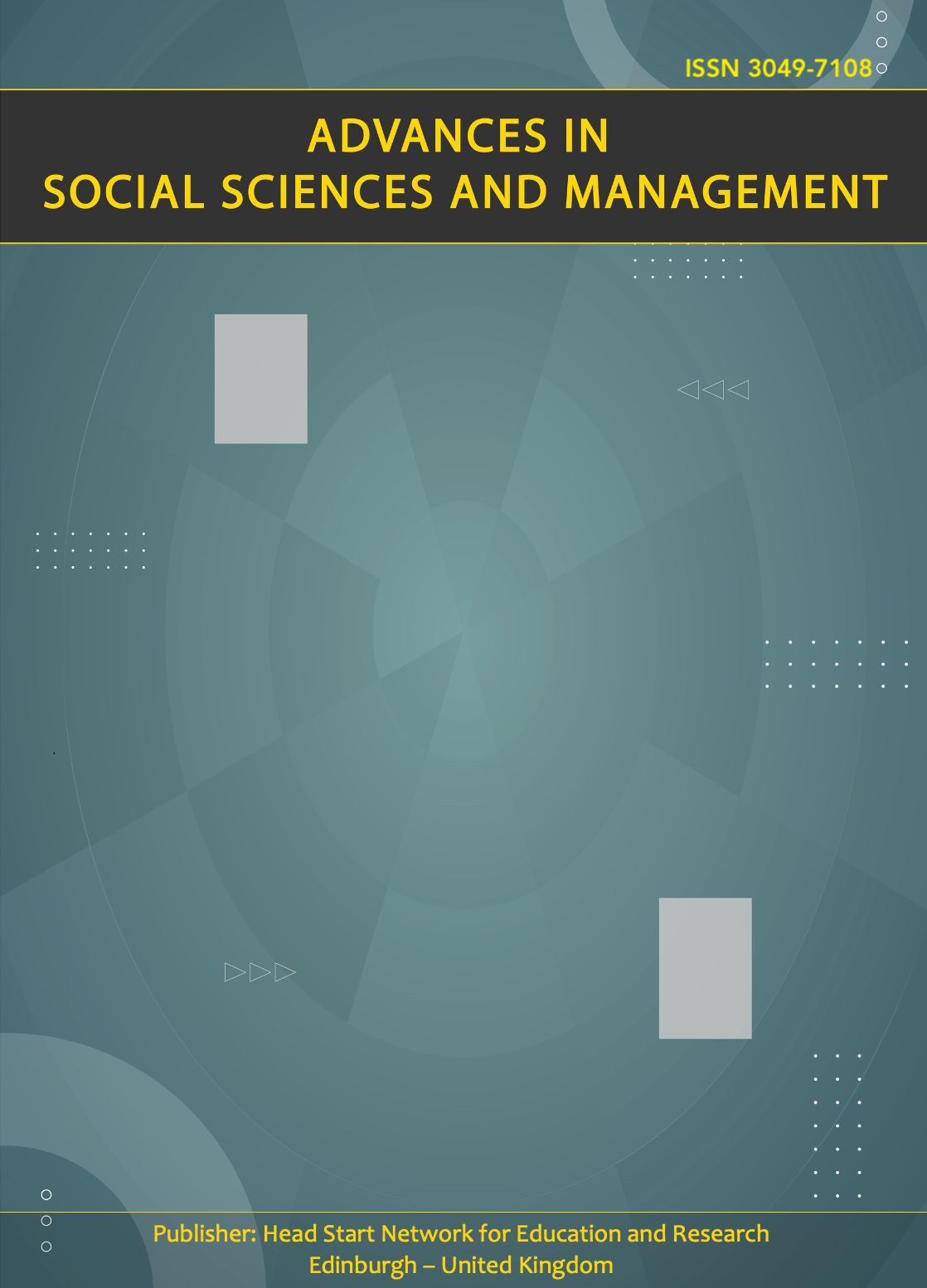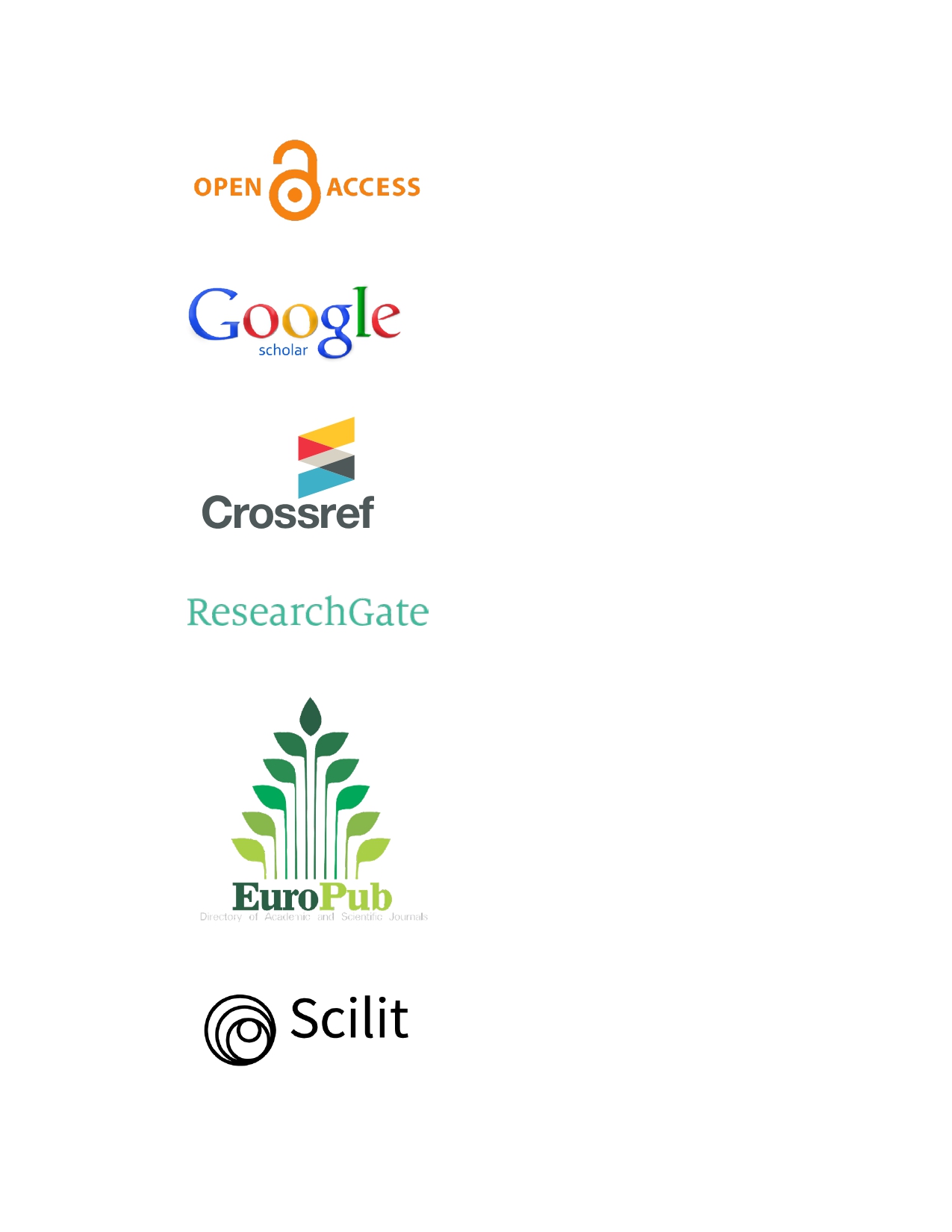Health Systems Governance in Somalia: An Examination of Validity, Digital Accountability, and Community Health Workforce through Mixed Methods Research
DOI:
https://doi.org/10.63002/assm.304.1056Keywords:
health care, Indicator system, Governance, social policyAbstract
Background: The health system in Somalia functions within a delicate environment, marked by persistent governance limitations that hinder efficient service delivery and erode public confidence. To address these long-standing issues, two recent innovations have been introduced: the Marwo Caafimaad community health workers program and District Health Information Software 2 (DHIS2)-based digital accountability mechanisms. These interventions are tailored to improve maternal and child health services and bolster the credibility of health governance frameworks in a fragile, conflict-affected context. Methods: This study utilized an explanatory sequential mixed-methods case study design. The quantitative component entailed analysis of routine DHIS2 health service data from 2018 to 2024, focusing on key maternal and child health indicators. This was complemented by qualitative data from key informant interviews (KIIs) and focus group discussions (FGDs) conducted in 2024. A realist evaluation approach was applied to identify mechanism–context–outcome (MCO) configurations. Quantitative trends were assessed with descriptive statistics and quasi-experimental techniques (including difference-in-differences where applicable), while qualitative data were analyzed through thematic coding with NVivo software. The integrated analysis triangulated findings to explain how and why observed outcomes occurred. Results: Quantitative trends from DHIS2 indicate measurable improvements in key MCH indicators. For instance, antenatal care (ANC1) coverage increased from 30% in 2018 to 60% in 2023, representing a 30 percentage point improvement (95% CI: 25–35; P < 0.001). Districts with active Marwo Caafimaad deployment recorded a higher increase in ANC coverage (by 15 percentage points) compared to non-intervention districts (95% CI: 5–25; P = 0.02). Similarly, skilled birth attendance (SBA) rates rose from 20% to 35% over the study period (95% CI: 10–20; P = 0.002), with the steepest gains in rural districts where digital feedback mechanisms were concurrently implemented. Immunization completion for DPT3 improved from 25% to 40% (95% CI: 5–25; P = 0.01) despite intermittent insecurity and logistical disruptions. Conclusion: Governance innovations in fragile settings – particularly the integration of community-based health workers with transparent, technology-enabled accountability systems – can deliver significant health service gains while strengthening perceived legitimacy of health authorities. This dual approach, leveraging human connections and digital transparency, merits scale-up within Somalia and adaptation in other fragile and conflict-affected states. The findings underscore that sustainable health system improvements in such contexts require not only technical interventions but also efforts to build trust, accountability, and responsiveness in the eyes of the community.
Downloads
Published
How to Cite
Issue
Section
License
Copyright (c) 2025 Dr Abdulrazaq Yusuf Ahmed

This work is licensed under a Creative Commons Attribution 4.0 International License.






